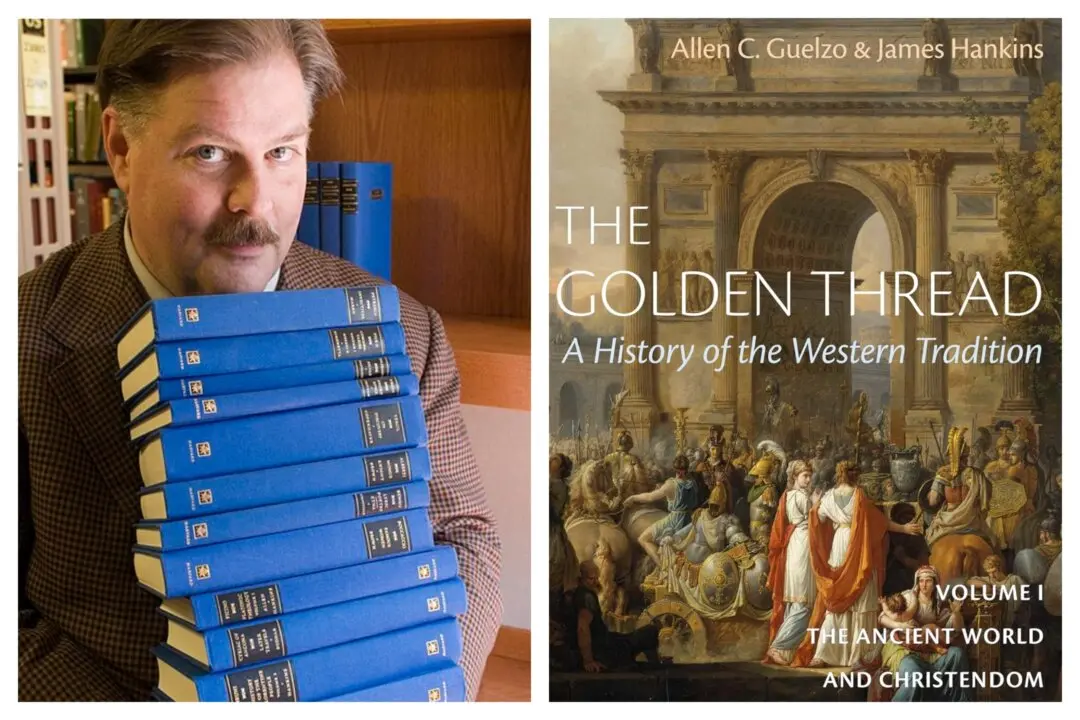In November 1912, aviator Harry Bingham Brown set out to break the American record for altitude in an airplane. Hearing that Brown wanted a woman to fly with him, 26-year-old Isabel Paterson volunteered.
Off the pair went, climbing higher and higher into the skies above New York’s Staten Island and then over the ocean, soaring slowly upward until they passed 5,000 feet. Below them, 10,000 spectators who had gathered to watch this exhibition, some of them perhaps anticipating a crash, waited for the aircraft’s return. With night coming on, they lit bonfires around the field, and using those as his beacons, Brown safely landed his aircraft amid a jubilant crowd. He had broken the record, and his passenger had broken a world record for having flown higher than any woman alive. Paterson felt exhilarated on landing and later told a reporter that it was the greatest experience of her life.






